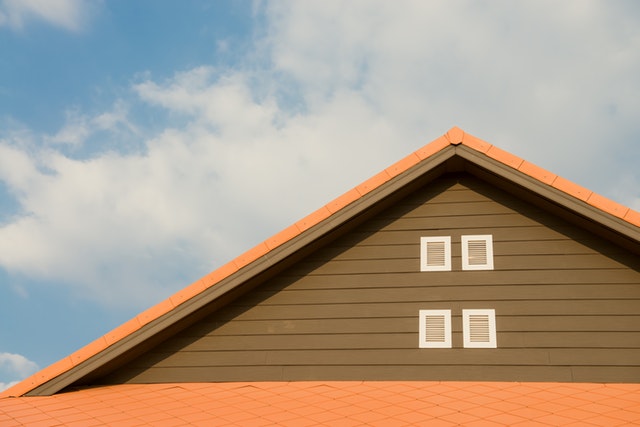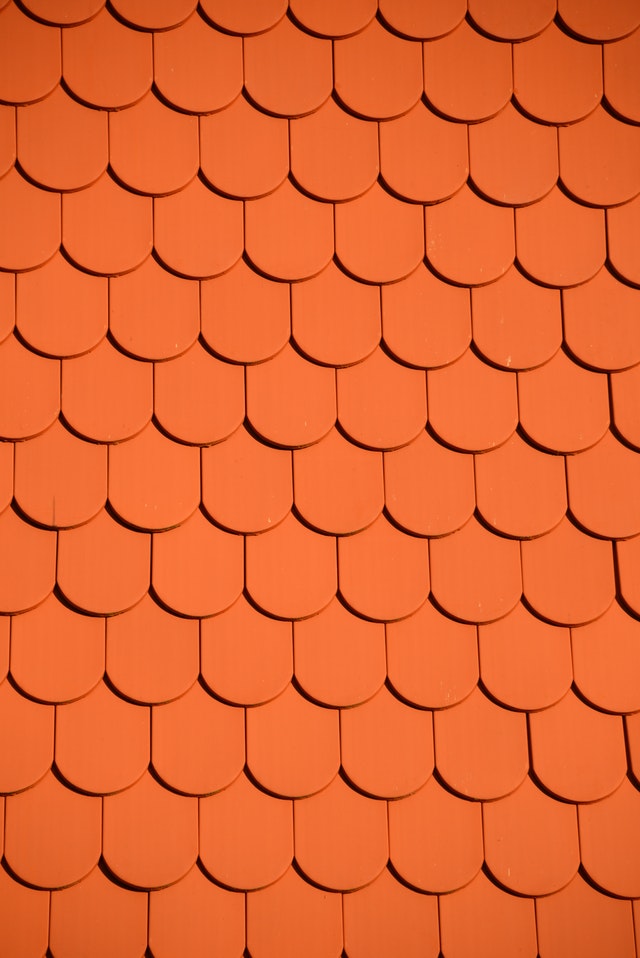How Often Should a Roof Be Replaced?

Many homeowners ask themselves the question, how often should a roof be replaced? Well, there’s no simple answer. According to roofing experts, a roof should be inspected at least twice every year: once in the spring and once in the fall. When it comes to replacement, there are several factors to consider.

How Often Should a Roof Be Replaced?
This post discusses how often you need to replace your roof. It also highlights the signs that you need to have your roof replaced.
Signs Your Roof Needs to be Replaced
You can inspect your roof easily with the help of a ladder and a flashlight. Climb up your roof safely and check your roof for signs of:
- Moisture, mold or rot
- Missing shingles
- Visible holes
- Dark spots
- Water damage/leaking
- Sagging in the roof deck
Any of these signs could be an indication that your roof needs to be replaced. It’s also important to have an idea of the typical useful life of your roofing material. Do some research on the roofing material life expectancies of residential as well as commercial roofs. You can also seek further details from your roofing manufacturer or contractor when it comes to roofing maintenance tips.
How Often to Replace Your Roof
The type of roofing material will have a significant impact on how often a roof needs to be replaced.
For instance, a cedar roof has an average lifespan of about 20 years. However, a cedar roof will need more frequent repair and replacement in drier climates as it’s prone to splitting.
A concrete roof is highly durable and doesn’t have to be replaced throughout its lifespan. On the other hand, a tile roof that’s properly cared for can last up to a century, although some individual tiles may break.
The Average Lifespan of a Roof
Here are some common roofing materials and their average lifespans ranging from shingle to tile roofing.
- Metal roofs: 50-70 years
- Rubber Roofs: 30-50 years
- Wood Shingles:20-25 years
- Asphalt Shingles: 15-30 years
- Composite Singles: 12-20 years
Things to Consider When Replacing a Roof
When determining how long a roof will last, there are several critical factors to bear in mind. Just because your roof is missing a few shingles or there’s a leak in your roof doesn’t mean you have to replace it entirely. Most times, these surface issues can be fixed without having to install a new roof.
Building mistakes and a bad roofing job can result in the need for premature roof replacement. For instance, if a chimney has been poorly caulked or a vent left unsealed, it could lead to leaks and potentially lead to internal structural damage.
If you find errors in the construction of your roof try to contact the original builder, if possible. Otherwise, you may be forced to pay for costly repairs or a complete replacement that may not be covered by your original home warranty if you have a roof that doesn’t fit your climate or in your state such as in Arizona.
Bottom Line
That’s it. You’re now able to answer the question: how often should a roof be replaced? The most important thing is to ensure your roof is built well. Material selection and ventilation also have critical roles to play in determining the lifespan of a roof, but the most critical component is proper workmanship.
